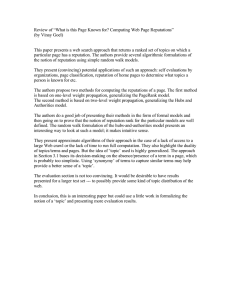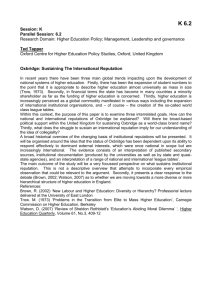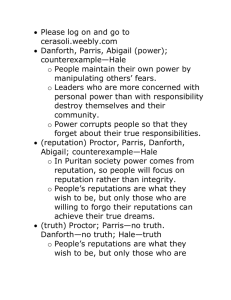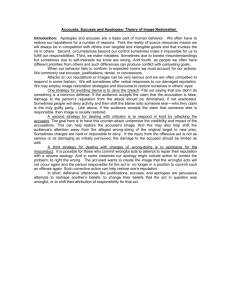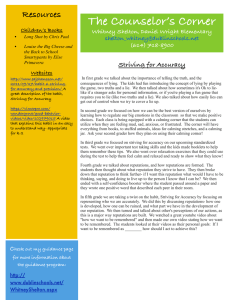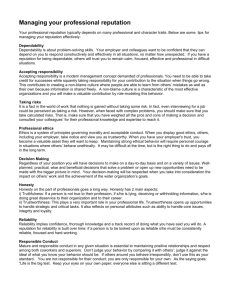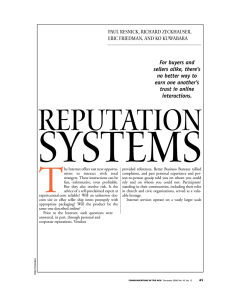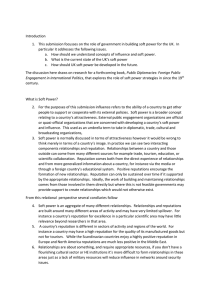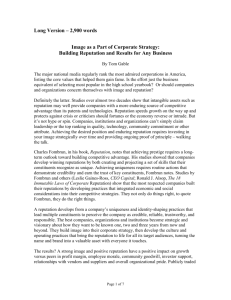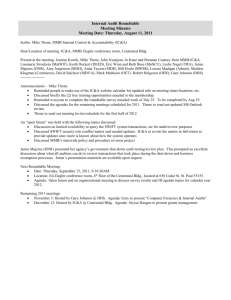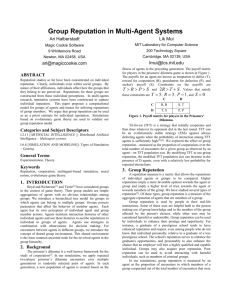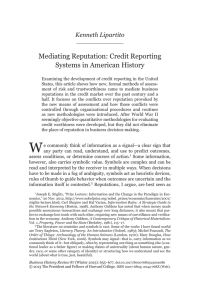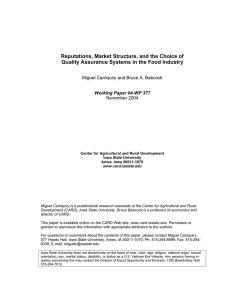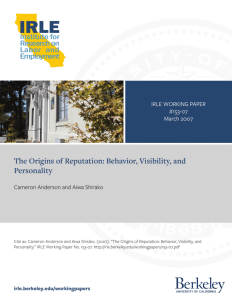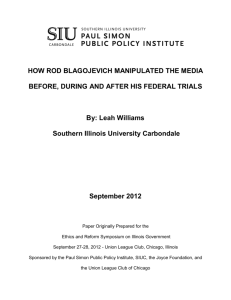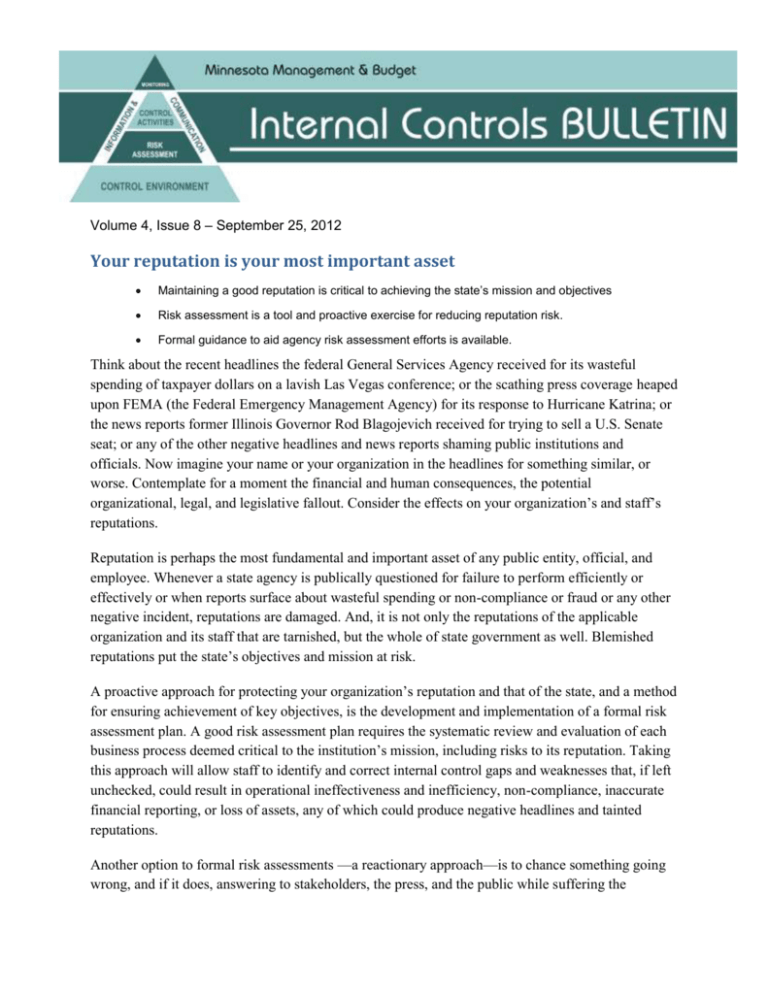
Volume 4, Issue 8 – September 25, 2012
Your reputation is your most important asset
Maintaining a good reputation is critical to achieving the state’s mission and objectives
Risk assessment is a tool and proactive exercise for reducing reputation risk.
Formal guidance to aid agency risk assessment efforts is available.
Think about the recent headlines the federal General Services Agency received for its wasteful
spending of taxpayer dollars on a lavish Las Vegas conference; or the scathing press coverage heaped
upon FEMA (the Federal Emergency Management Agency) for its response to Hurricane Katrina; or
the news reports former Illinois Governor Rod Blagojevich received for trying to sell a U.S. Senate
seat; or any of the other negative headlines and news reports shaming public institutions and
officials. Now imagine your name or your organization in the headlines for something similar, or
worse. Contemplate for a moment the financial and human consequences, the potential
organizational, legal, and legislative fallout. Consider the effects on your organization’s and staff’s
reputations.
Reputation is perhaps the most fundamental and important asset of any public entity, official, and
employee. Whenever a state agency is publically questioned for failure to perform efficiently or
effectively or when reports surface about wasteful spending or non-compliance or fraud or any other
negative incident, reputations are damaged. And, it is not only the reputations of the applicable
organization and its staff that are tarnished, but the whole of state government as well. Blemished
reputations put the state’s objectives and mission at risk.
A proactive approach for protecting your organization’s reputation and that of the state, and a method
for ensuring achievement of key objectives, is the development and implementation of a formal risk
assessment plan. A good risk assessment plan requires the systematic review and evaluation of each
business process deemed critical to the institution’s mission, including risks to its reputation. Taking
this approach will allow staff to identify and correct internal control gaps and weaknesses that, if left
unchecked, could result in operational ineffectiveness and inefficiency, non-compliance, inaccurate
financial reporting, or loss of assets, any of which could produce negative headlines and tainted
reputations.
Another option to formal risk assessments —a reactionary approach—is to chance something going
wrong, and if it does, answering to stakeholders, the press, and the public while suffering the
reputational damage.
Suggested Action Steps Develop and implement a formal risk assessment plan for your agency. Start
by identifying the business processes that are critical to the agency’s mission and follow that with the
development of action plans for performing risk assessments on those mission-critical processes. A
Guide to Risk Assessment
and Control Activities is available to help agencies with their risk assessment efforts. The document
can be accessed at http://www.beta.mmb.state.mn.us/risk-assessment.
If you have questions, please contact Mike Thone, Internal Control Specialist, at 651-201-8132 or at
Mike.Thone@state.mn.us.
COSO Pyramid used with permission. Copyright 1992-2009. The Committee of Sponsoring Organizations of the Treadway
Commission. All rights reserved.
a
o
Distributed by Minnesota Management & Budget
658 Cedar Street | Centennial Office Building
St. Paul, Minnesota 55155

